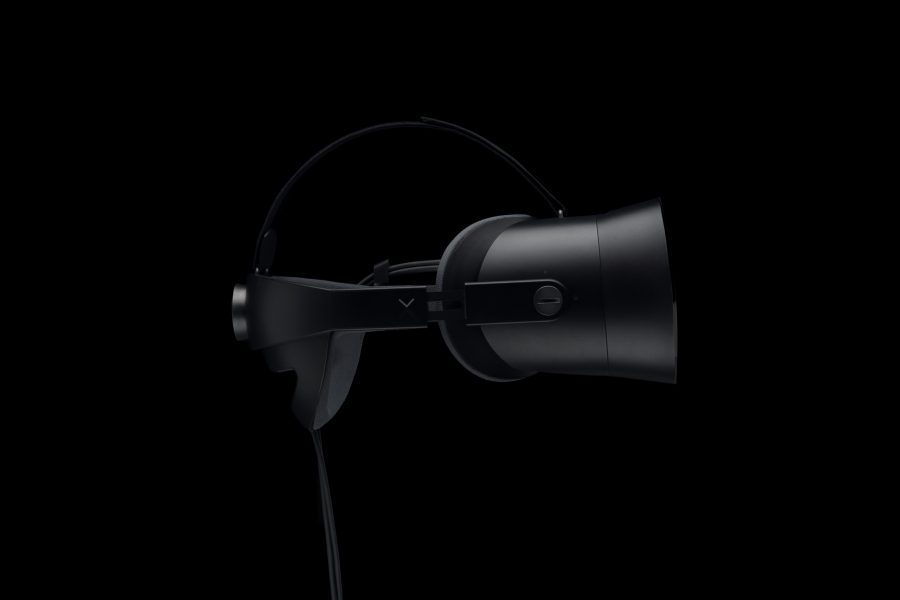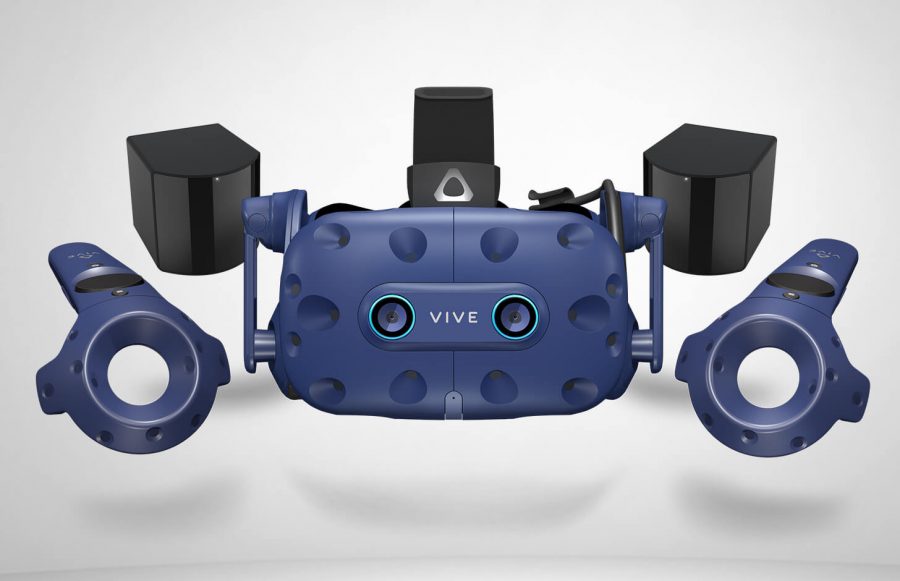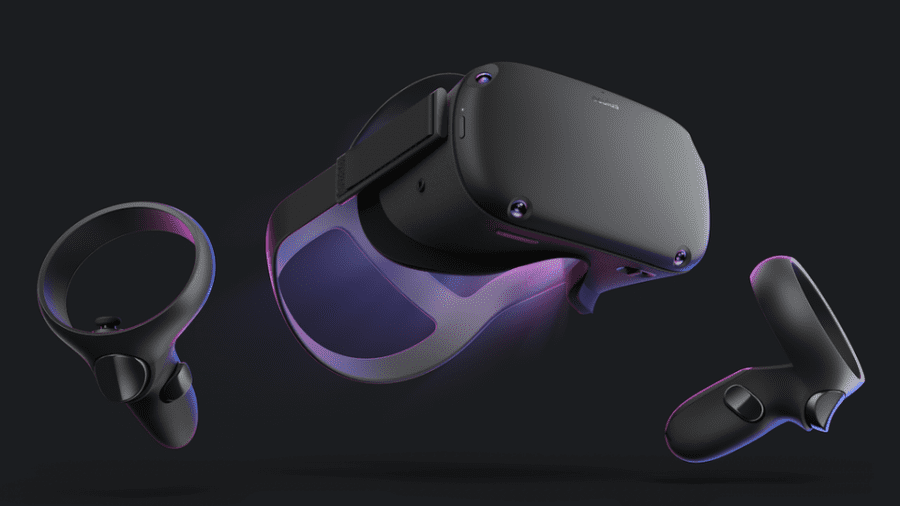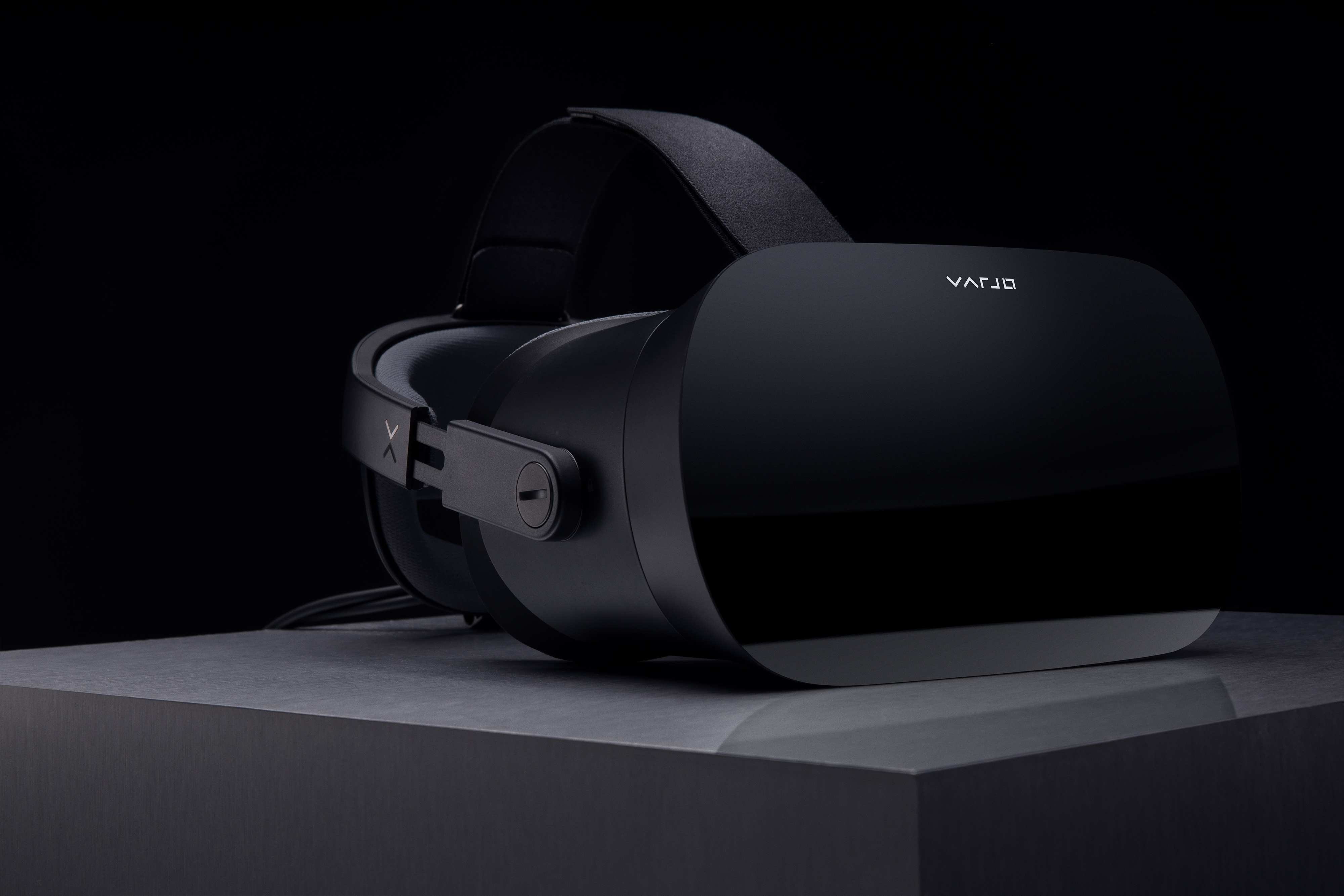What are the best VR headsets?
The virtual reality headsets incorporate features such as haptics, motion and location sensing, and high-resolution 3D graphical displays that mimic real-world visual fidelity. With that in mind, ST Engineering Antycip (formerly known as Antycip Simulation) presents to you three of the top professional grade HMDs that are perfect for a range of enterprise VR applications.
Varjo VR-2 Headsets
Varjo Technologies launched two industrial-grade virtual reality headsets for enterprise VR applications. Offering a high-level of visual fidelity, the Varjo VR-2 and VR-2 Pro are the Cadillac of enterprise VR headsets. Key features of Varjo VR-2 and VR-2 Pro include- Human-eye resolution Bionic DisplayTM of over 60 PPD (pixels per degree)
- Integrated 20/20 Eye TrackerTM with below 1-degree accuracy
- Advanced hand tracking by UltraleapTM (only in VR-2 Pro)
- Human-eye resolution Bionic DisplayTM
- An enhanced peripheral vision and colour consistency
- A staggering 87-degree field of view
- Human-eye resolution of over 60 PPD (pixels per degree)
- Integrated 20/20 Eye TrackerTM
- Advanced hand tracking by UltraleapTM (only in VR-2 Pro)
HTC Vive Pro Enterprise
 An outstanding example of functionality and precision tracking, the HTC Vive Pro HMD is engineered for professional-grade VR. The new HTC Vive Pro is an enterprise-grade VR headset designed to work in seated, standing, and expansive multi-user environments to accelerate timelines, enhance training and design, and simulate impossible scenarios.
Easy to wear and intuitive to handle, the Vive Pro HMD works by establishing a set 15ft x 15ft virtual space, allowing for increased movement within a defined area.
If that seems restrictive, consider that it significantly opens a safely ring-fenced space, making the HTC Vive Pro perfect for first-time users and seasoned experts alike.
The key features of HTC Vive Pro VR headset include:
• A higher resolution of 2880 x 1600 pixels, upping the system’s graphical fidelity
• Dual AMOLED screen
• Refresh rate of 90 Hz and a 110-degree field of view
• A much-increased pixel density of 615 dots per inch
• Visuals that have a richness and sharpness to them
• Precise, 360-degree controller and headset tracking
• Integration with 3D spatial sound for true-to-life immersive audio
All these features contributed to an overall reduction in motion sickness or nausea, also ensuring that any models or designs being showcased are visible in full detail.
Equally comfortable in short and long bursts, the HTC Vive Pro Enterprise HMD is perfect for businesses looking for ‘out of the box’ functionality.
An outstanding example of functionality and precision tracking, the HTC Vive Pro HMD is engineered for professional-grade VR. The new HTC Vive Pro is an enterprise-grade VR headset designed to work in seated, standing, and expansive multi-user environments to accelerate timelines, enhance training and design, and simulate impossible scenarios.
Easy to wear and intuitive to handle, the Vive Pro HMD works by establishing a set 15ft x 15ft virtual space, allowing for increased movement within a defined area.
If that seems restrictive, consider that it significantly opens a safely ring-fenced space, making the HTC Vive Pro perfect for first-time users and seasoned experts alike.
The key features of HTC Vive Pro VR headset include:
• A higher resolution of 2880 x 1600 pixels, upping the system’s graphical fidelity
• Dual AMOLED screen
• Refresh rate of 90 Hz and a 110-degree field of view
• A much-increased pixel density of 615 dots per inch
• Visuals that have a richness and sharpness to them
• Precise, 360-degree controller and headset tracking
• Integration with 3D spatial sound for true-to-life immersive audio
All these features contributed to an overall reduction in motion sickness or nausea, also ensuring that any models or designs being showcased are visible in full detail.
Equally comfortable in short and long bursts, the HTC Vive Pro Enterprise HMD is perfect for businesses looking for ‘out of the box’ functionality.
Oculus Quest
 The Oculus Quest is a wireless standalone HMD solution that is designed to streamline and expand virtual reality in the workplace. Oculus Quest is aimed at helping companies reshape the way they do business through the power of VR.
Offering comprehensive freeform movement, known as the Six Degrees of Freedom (6DoF), the untethered nature of the kit makes it ideal for clients and teammates to explore virtual spaces, take part in conferencing, and more.
The Oculus Quest’s features include:
• Self-contained VR headset allows for easy deployments
• An elegant design which allows for longer use without causing eye or neck strain
• Dual OLED displays with a resolution of 1440 x 1600 per eye
• Exceptional motion tracking
• Portable, lightweight, quick and easy to setup
• Supported usage modes include seated, standing and room scale
While it may not have the high-level fidelity of other contenders in the marketplace, the standalone nature of the VR headset means it can be used for a range of enterprise and business needs.
The Oculus Quest is a wireless standalone HMD solution that is designed to streamline and expand virtual reality in the workplace. Oculus Quest is aimed at helping companies reshape the way they do business through the power of VR.
Offering comprehensive freeform movement, known as the Six Degrees of Freedom (6DoF), the untethered nature of the kit makes it ideal for clients and teammates to explore virtual spaces, take part in conferencing, and more.
The Oculus Quest’s features include:
• Self-contained VR headset allows for easy deployments
• An elegant design which allows for longer use without causing eye or neck strain
• Dual OLED displays with a resolution of 1440 x 1600 per eye
• Exceptional motion tracking
• Portable, lightweight, quick and easy to setup
• Supported usage modes include seated, standing and room scale
While it may not have the high-level fidelity of other contenders in the marketplace, the standalone nature of the VR headset means it can be used for a range of enterprise and business needs.




















